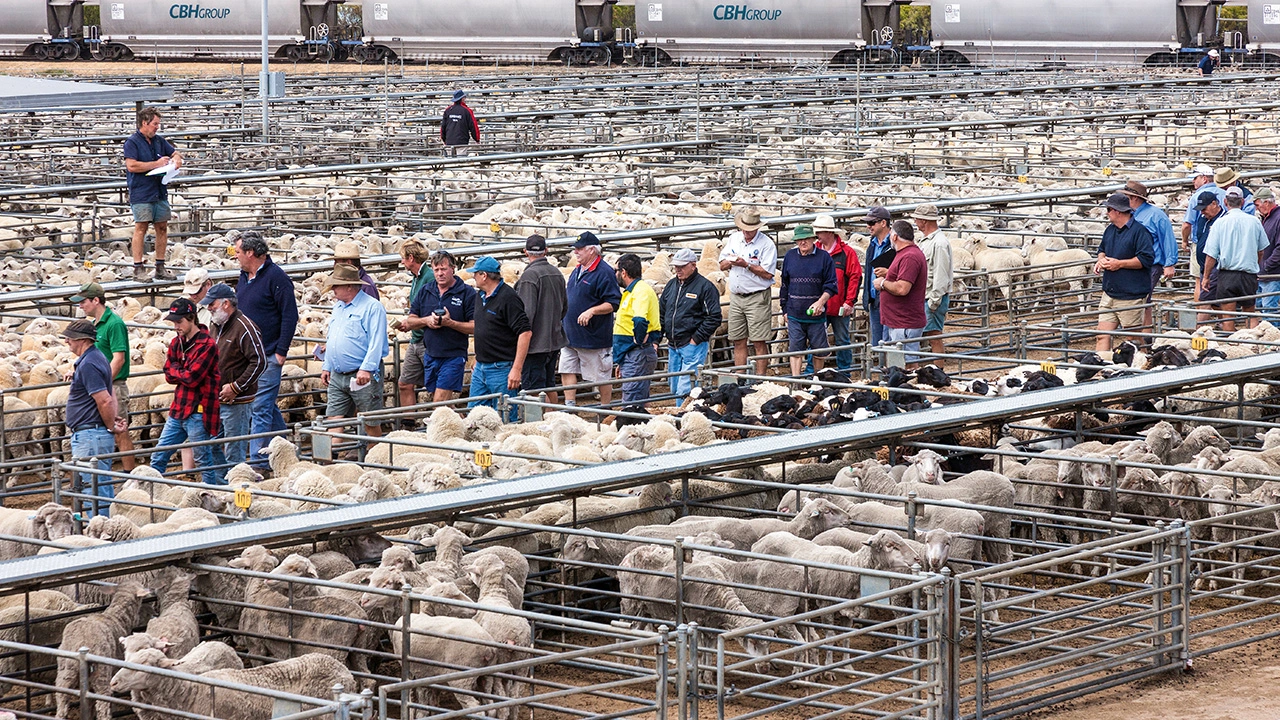High stock numbers and dry conditions don’t have to mean doom and gloom for our agricultural industries.
Story Amanda Burdon Photo Alamy
Record livestock numbers and a return to drier, warmer conditions have created market mayhem in recent months. And all eyes are now on the skies – and Bureau of Meteorology weather forecasts – to see what mischief La Nina’s hot-headed brother El Niño has in store for Australian agriculture.
Even before the bureau’s official El Niño declaration in September, many producers were preparing for a dry spell. The confirmation of below-average rainfall for much of western, northern and southern Australia between November and January, and unusually warm maximum temperatures across much of the country, saw many more swiftly activate their drought plans.
“El Niño does not necessarily guarantee a drought, but the 2019–2020 drought is still very fresh in people’s memories,” RaboResearch senior animal proteins analyst Angus Gidley-Baird says. “Producer sentiment and slaughter numbers are what you would expect to see in the middle of a drought.”
An El Niño event can herald an increased risk of drought, heatwaves and bushfire – an ever-present threat following the prolific vegetation growth accompanying the past 3 wet La Niña years. Add another major climate driver – a positive Indian Ocean Dipole – and the chances of drier and hotter conditions, are amplified at a time when sheep flocks and cattle herds are at historically high levels.
“People are destocking earlier than normal, to protect their quality herd and the capacity of their land,” says Erin Lukey, a senior market information analyst with Meat and Livestock Australia.
High numbers of livestock were already causing abattoir bottlenecks before a surge in sheep sales added to the congestion and some prices slumped to their lowest levels in a decade. Cattle slaughter numbers are also up year-on-year. Only grain producers were celebrating the dry season finish and relatively good yields.
CEO of Rural Aid John Warlters says many farmers are already feeling the pinch. “Calls for practical and emotional assistance have escalated and almost doubled already,” he says. “A lot of these people are experiencing drought-like conditions but are not yet in a drought-declared zone.”
This story excerpt is from Issue #152
Outback Magazine: Dec/Jan 2024










